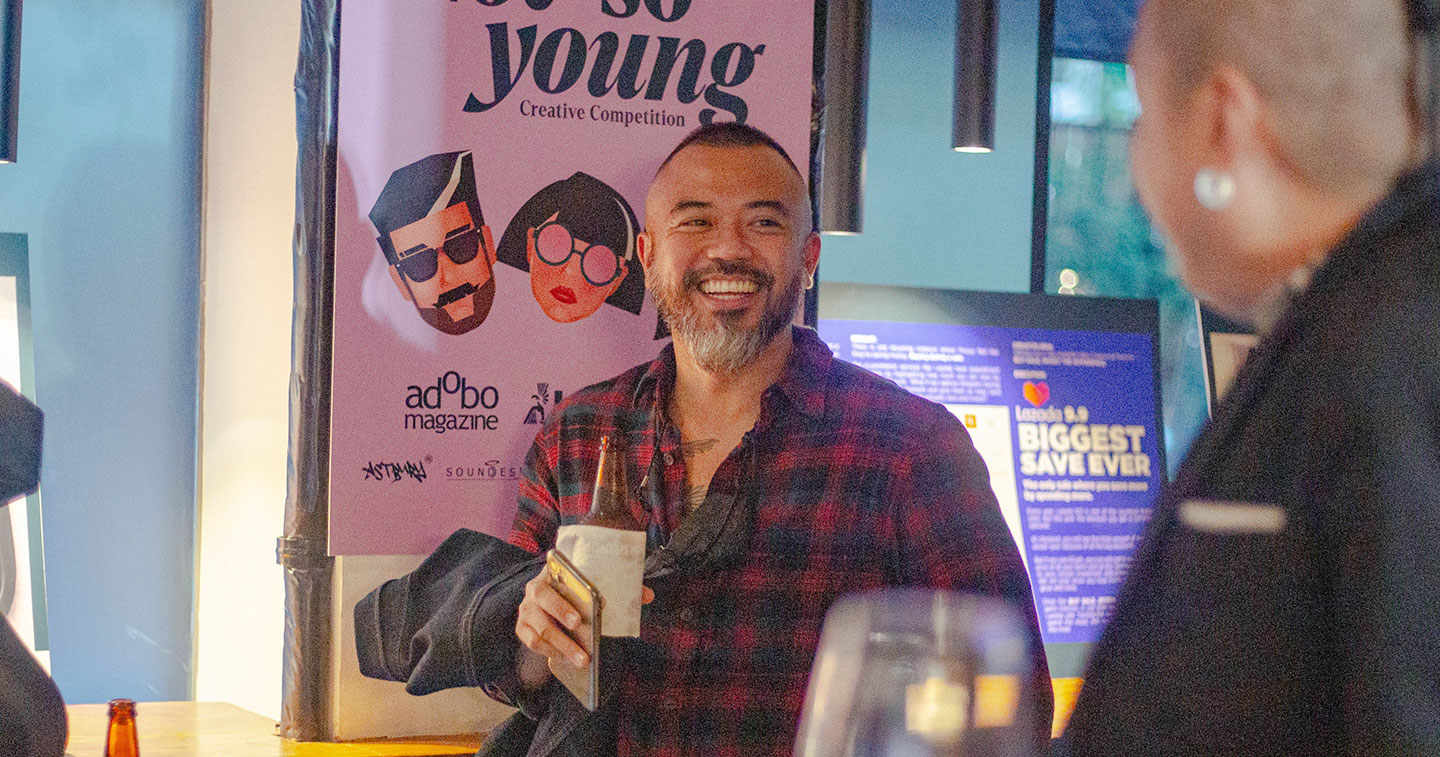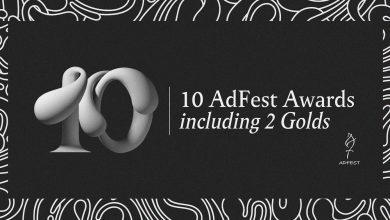MANILA, PHILIPPINES — One remarkable challenge that brands and businesses today face is answering the question: How can we, as a business, do good for our community?
Some answer this with shooting-star campaigns that, although may create huge appeal, will vanish in a glimpse; while some answer this with something that can really create a positive and lasting impact on society.
Last June, adobo Magazine held the adobo LIA Not-So-Young Creative Competition — a call that challenged not-so-young creatives to use creativity for good, with the theme “Business Doing Good & Doing Well.”
The ideas were attached to brands operating in the Philippines, in the hopes of enabling them to act for a good cause — and it culminated with a very happy ending. The grand prize winner took his idea to his dream brand and, together, they brought it to life.
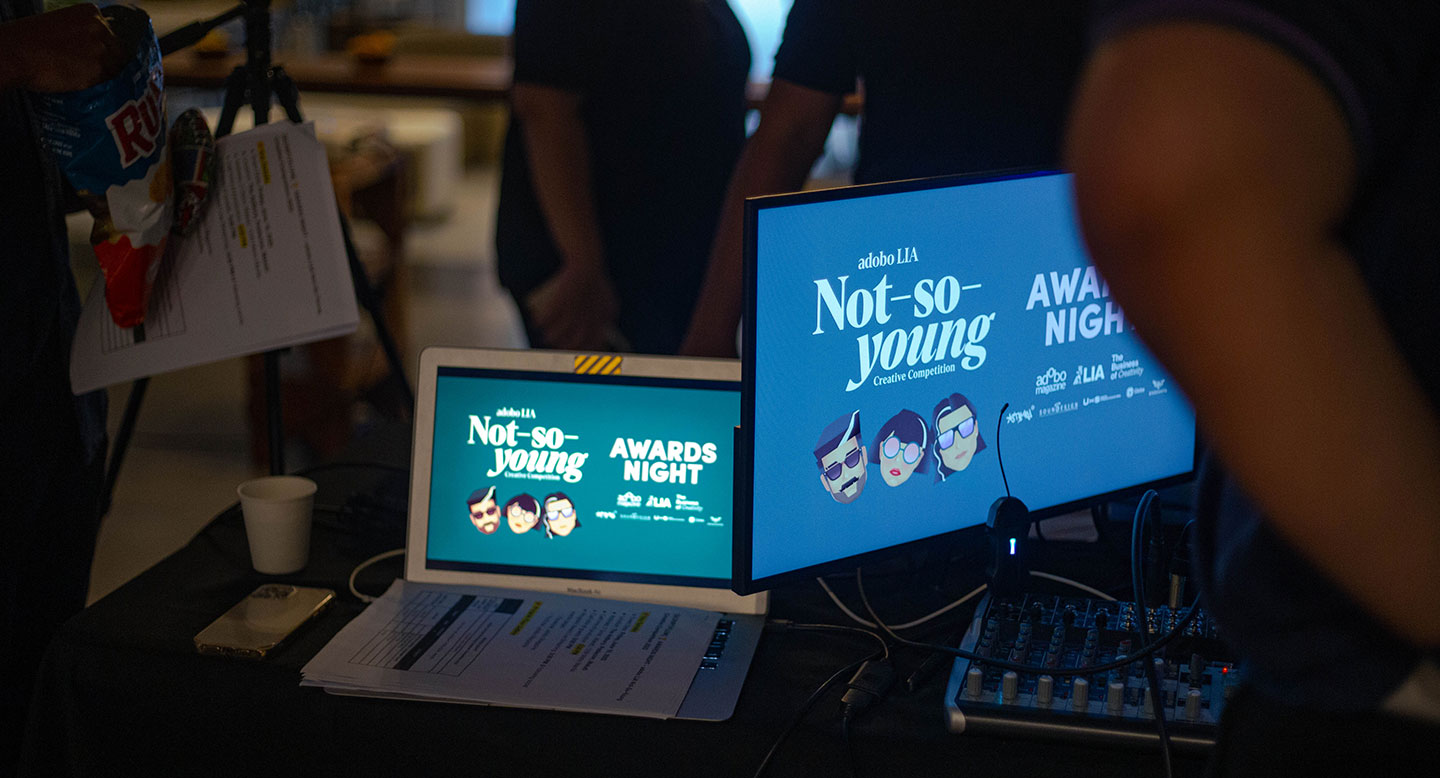
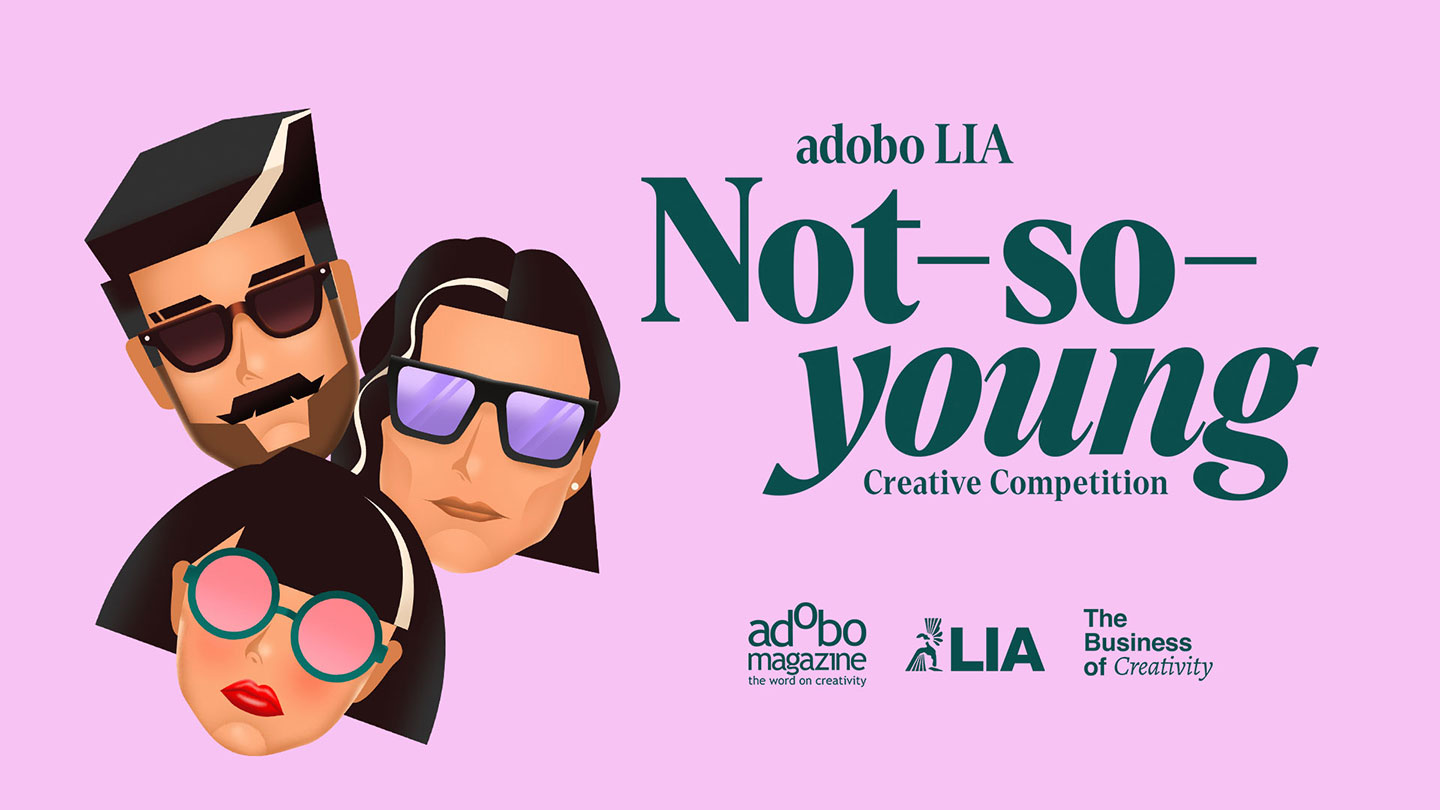
The works were judged and chosen by adobo LIA’s esteemed jury, presided over by Kat Gomez-Limchoc, the executive creative director of Blackpencil Manila of the Leo Burnett Group. This jury was comprised of both advertising professionals and brand representatives, including Brandie Tan, ECD, Wunderman Thompson; Roman Olivarez, ECD, MullenLowe Treyna; Greg Martin III, ECD, Ace Saatchi & Saatchi; Biboy Royong, ECD, Dentsu Jayme Syfu; Raymund Sison, Creative Chief & Partner, Propel Manila; Joey David-Tiempo, Founder & Chief Creative Officer, Octopus & Whale; Dorothy Dee-Ching, Vice President, Beauty and Personal Care, Unilever, and; Monday Gonzalez, Director for Content Management & Creative Services, Globe Corporate Communications, Globe Telecom.
Among 97 entries from over 25 agencies, the jury bestowed the award to Ali Silao, Creative Director and Head of Art at Seven A.D. Manila, for his concept titled “Pride Policy.”
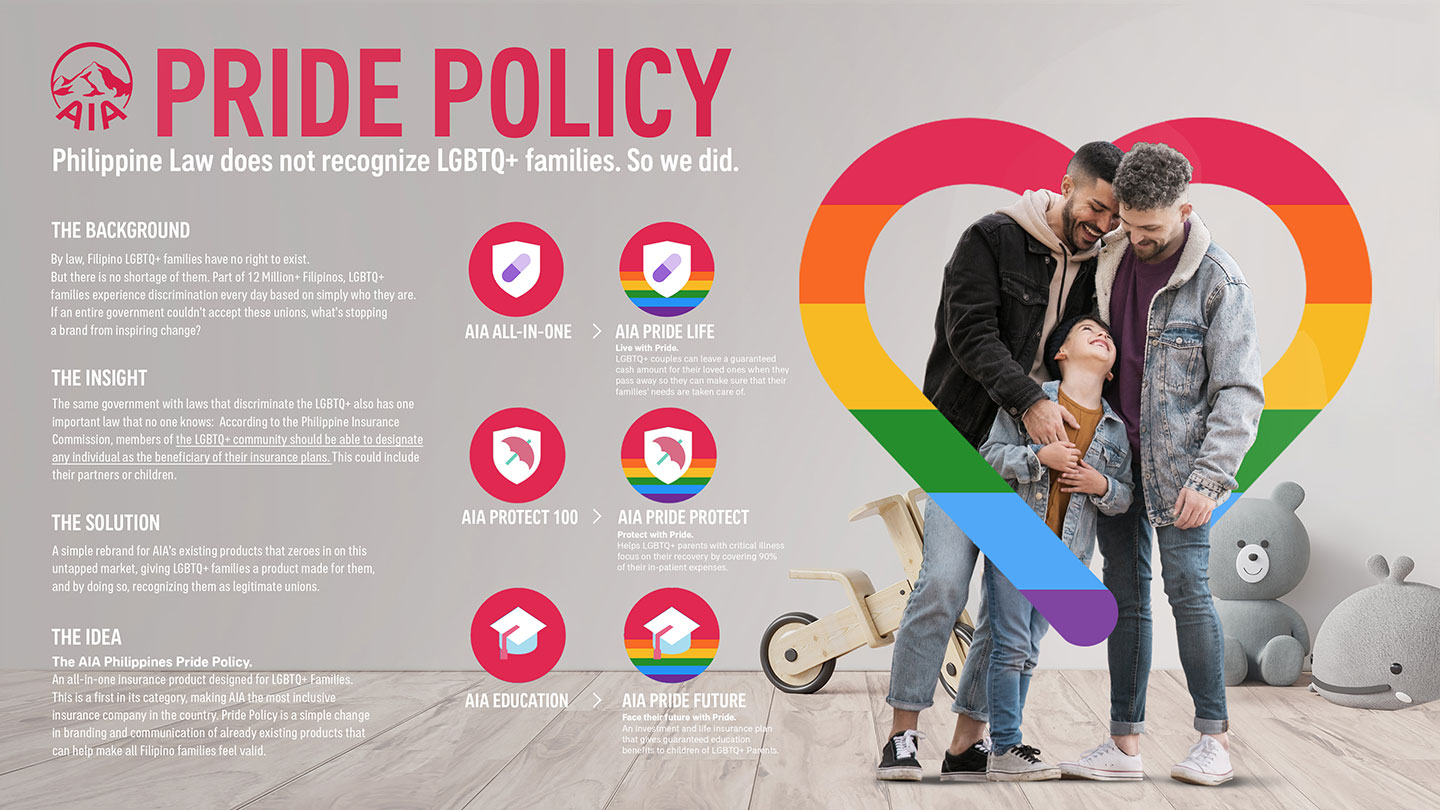
The award-winning concept repositions insurance products to be more inclusive of LGBTQ+ families — whereas, in the Philippines, certain queer rights such as marriage equality still have a long way to go in terms of recognition and implementation.
Not long after this win, Ali and his team at Seven A.D. went all hands on deck to pitch the idea to AIA Philippines, and to finally make Pride Policy a reality.
adobo Magazine sat down with Ali to hear all about the inner workings behind his award-winning concept, “Pride Policy,” and how his team turned it into a reality for the Filipino LGTBQ+ community.
Last we heard from you, Pride Policy just won the LIA Not-So-Young Competition, and then we see AIA implementing the same product! Can you fill in the gaps for us and tell us what happened in between?
First of all, thank you to adobo Magazine and the jury for recognizing the idea. Even our clients said that there was a spike in online mentions of the brand that month, thanks to your feature.
Immediately after the win, our Deputy ECD Maki Correa, AVP for Accounts Monica Morelos, and Business Unit Director Kitten Dimayuga started planning out a presentation to our client, AIA. We pitched the idea to Bernadette Chincuanco, [the] associate director of Branding and Communications at AIA and fortunately, her team loved the initiative. The next step was a meeting with the Products Team headed by Associate Director of Products Tennyson Paras and Product Marketing Consultant Niko Valerio. To our surprise, they mentioned that AIA already had a similar product since 2019 called AIA Joint Critical Protect, wherein any two individuals can be insured in one policy, and both could be each other’s beneficiaries. This includes LGBTQ+ partners. The main difference from the winning idea is that this existing product wasn’t branded for the LGBTQ+ Community.
Moving forward, the agency and client are looking at creating the Pride Policy with two other possible products to complete it. The plan is to make it a bundle wherein we can add more products in the future, designed for LGBTQ+ partners, under the same campaign. Everything is still in the works, but we’re all hoping it will get finalized soon.
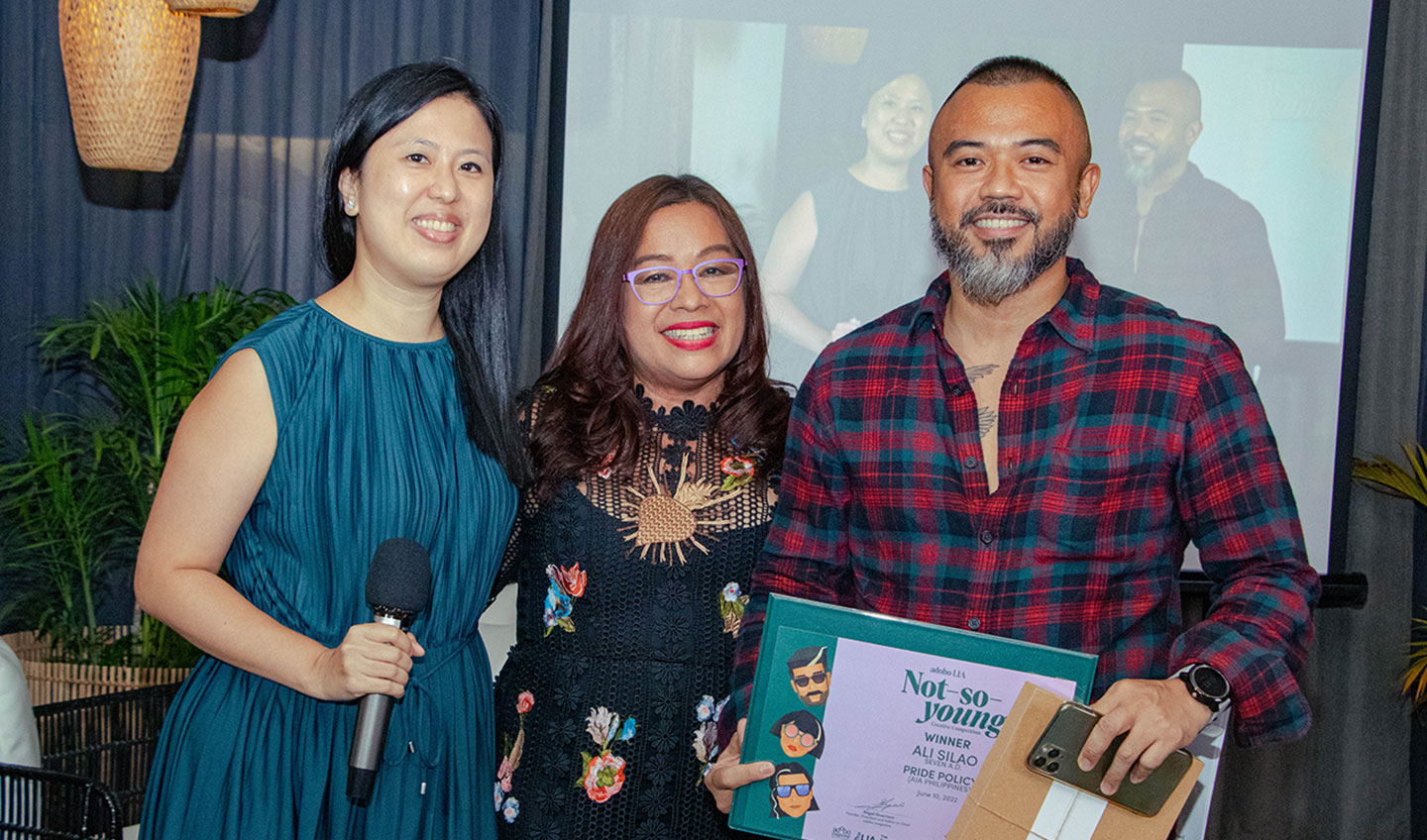
What motivated you/your team to pitch this to AIA Philippines? Give us an idea of what the elevator pitch was like!
Seven A.D.’s thrust is all about work that means something. And since the idea can kickstart a campaign that can truly mean a lot to the LGBTQ+ community, Teeny Gonzales, Russ Molina and Tey San Diego gave their all-out support. The entire agency was thrilled for the win since it’s also an idea tailor-fit for the brand and the direction they’re going towards this year.
A lot of brands “go rainbow” for Pride Month. And to be fair, some insurance brands are already being inclusive in their efforts. In fact, Allianz, Manulife, Sun Life and most recently, Pru Life with their Fam Love campaign, already recognize LGBTQ+ partners as beneficiaries. What we want to do is go a brave step further and try to create a set of AIA-branded policies designed for and targeted to LGBTQ+ partners and be more purposeful in the brand’s efforts for inclusivity that go beyond pride month. Through this initiative, we wanted to try and make AIA enable and empower the LGBTQ+ community, a relatively huge but largely untapped market, to proactively show their love to the life partners they choose.
The project is still ongoing, but I’m just so happy that our clients responded positively to the initiative. It’s a great feeling when agency and client are aligned in the fact that creativity can help open the doors to progress in a country that still doesn’t legally recognize these perfectly valid unions.
When you saw the brief, was Pride Policy the first idea you had in mind?
Actually, my first thought after seeing the brief was “Finally, an advertising competition for oldies.” Haha. The last competition I entered was Young Spikes in 2010 and I was only twenty-seven that time. Aside from the inspiring brief and prize, I just also wanted to see if I still had the chops for things like this. I’ve always loved joining ad competitions. The pressure was strangely very therapeutic for me then, and even now, twelve years after.
For this year’s brief, Pride Policy was not the first idea I had. I remember pitching an idea to David (Guerrero) when I was still at BBDO that I think might work with some major tweaks. I messaged him to ask if I can use it and of course he said yes. I changed everything except the core concept: Make pet adoption “cool.” The idea was: What if Adidas came up with an entire sneaker collection directly inspired by the unique looks of actual stray dogs up for adoption in PAWS? I called the campaign MXD NMD, and was stoked to see it get a shortlist too.
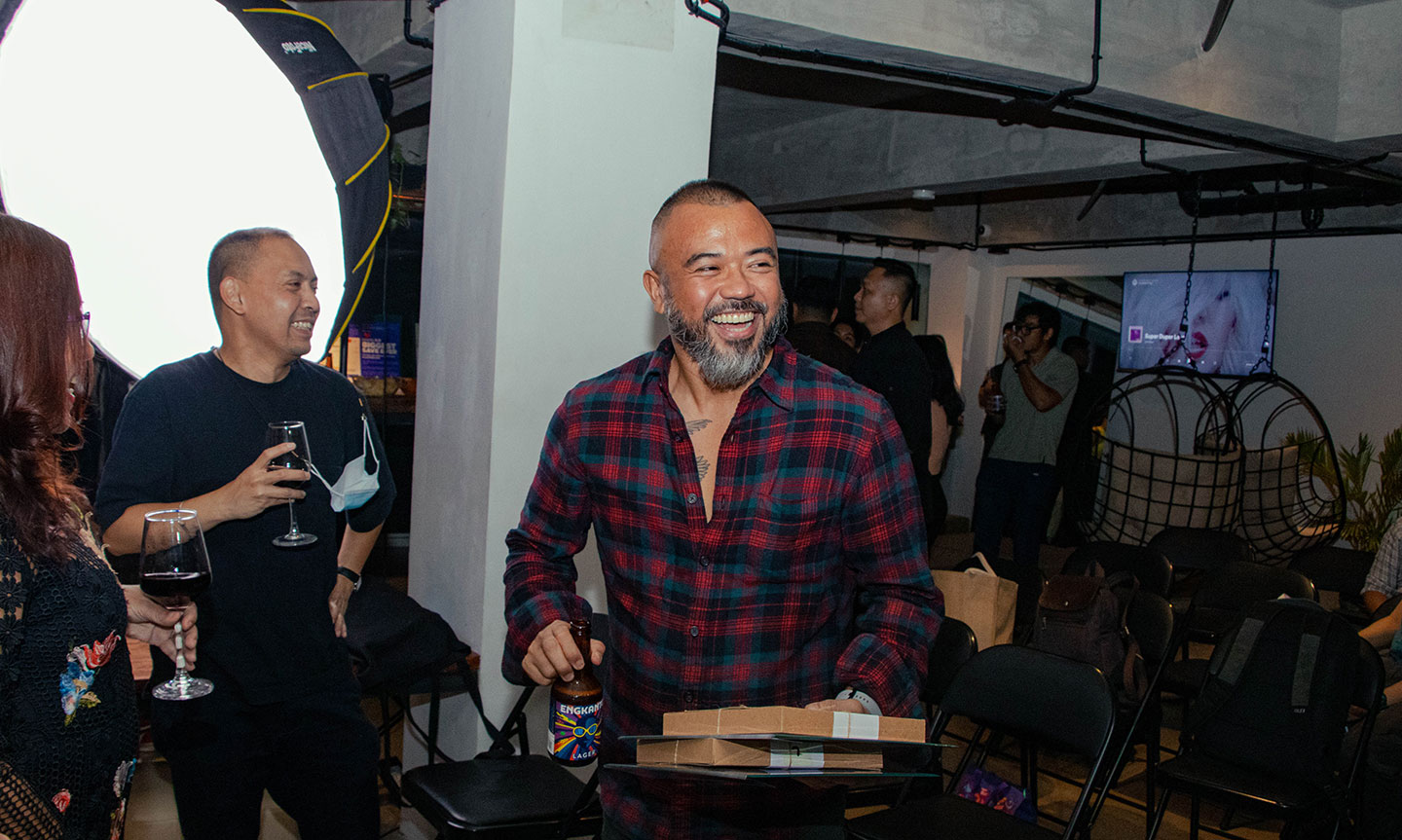
Would you have pitched Pride Policy to AIA or another brand if it didn’t win LIA? What kind of doors does winning a competition like LIA open for creatives like yourself?
The win definitely gave not just me, but the entire agency, the confidence to pitch it to client. It was a validation from a jury that consisted of the biggest clients and creatives that the entire advertising industry looks up to. And the fact that some members of the jury actually have their own insurance brands and still made this idea win is a good sign for us to push through with the initiative. If the idea didn’t win, I’m sure I’ll still be pitching this idea until it happens. Winning the mentorship program with Sir John Hegarty is amazing, but for me, making this idea come to life would be the bigger prize.
The LIA competition is a great venue for creatives like me to pitch ideas that are worth doing. Because as we all know, and based on the biggest Cannes winners this year, creativity doesn’t just solve brand problems, but can also provide solutions to things that are wrong with society. Raymund (Sison) actually said it best: “…Creativity plays the most important role in helping the road move forward.” I totally agree.
You’re about to start the LIA Business of Creativity Scholarship Program! What do you think is in store for you?
I’ve been doing this gig for 17 years now, but I still have a lot to learn about advertising and creativity. There are definitely some constant struggles, especially with how to push my career forward, and I’m hoping this mentorship can help me unlock some creative confidence and bring my ideas to the next level. It’s an eight-week course, with inspirational talks from creative experts, on demand lessons, and supporting materials on the impact creativity can have on our work and everyday life. But what I’m really excited about are the Q&A sessions with Sir John Hegarty. It’s the chance to pick his brain, not just about coming up with the best ideas, but also about the more important thing: having the balls to sell them.
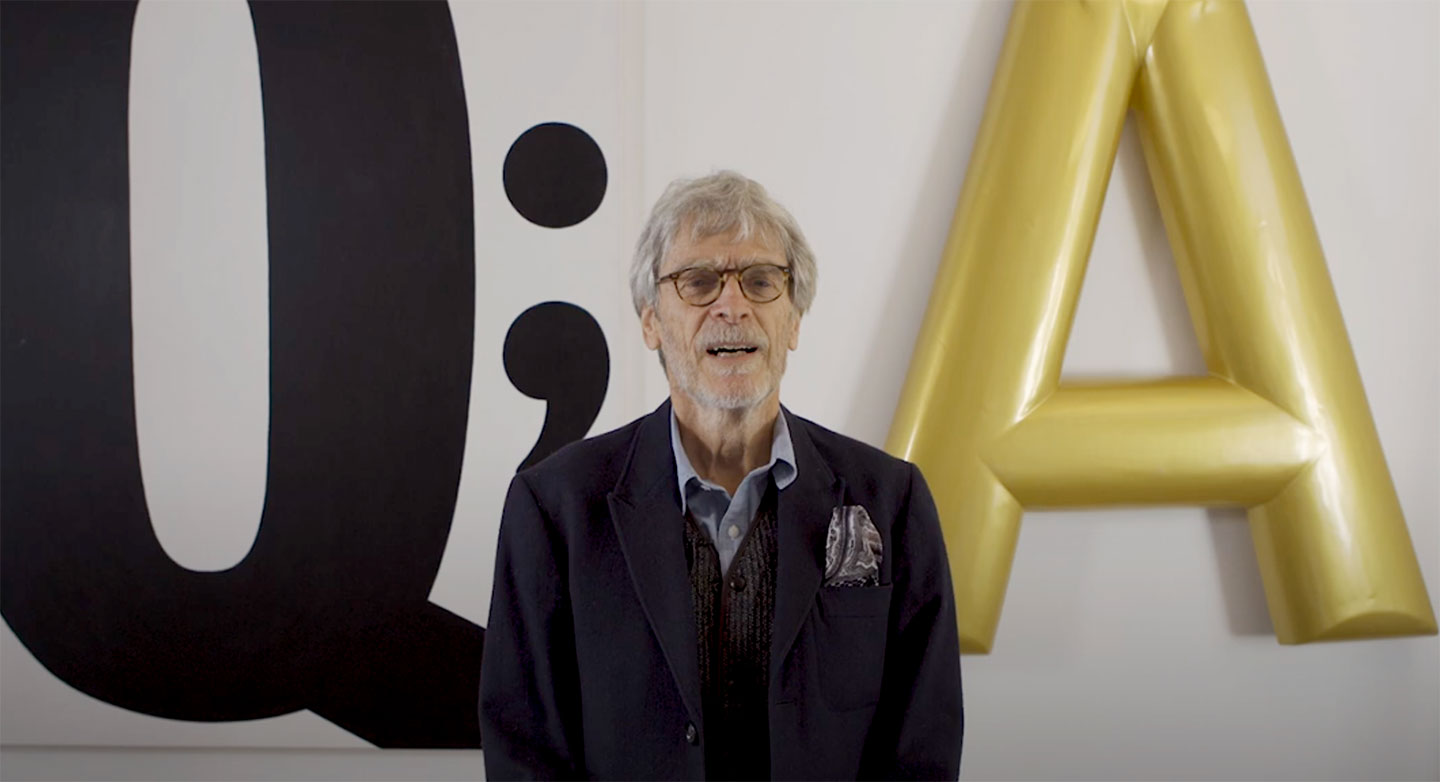
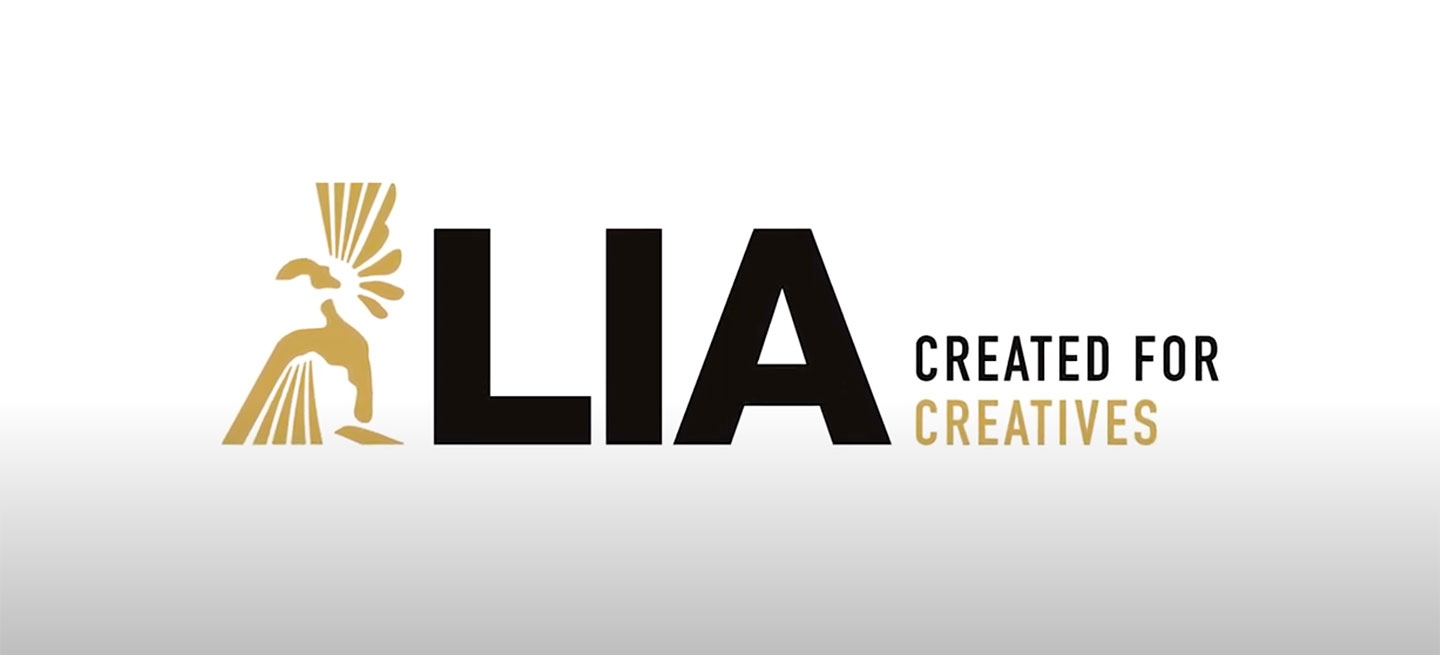
Are there other causes/advocacies you’d like to support as a creative professional?
I’m a dad to three rescues, and one purebred from a friend who had difficulty rehoming her, so I support pet adoption. I also support women’s empowerment and gender equality. But since my days at TBWA, BBDO, and even now at Seven A.D., our teams have done and are still creating work for many advocacies like The Eyebank of the Philippines, The Red Whistle, The National Red Cross, Childhope, National Union of Journalists of the Philippines, Operation Smile, and Called to Rescue.
I think the good thing about advertising – setting aside the fact that pro bono work are usually meant to win awards which I don’t deny – is that for me, there is no other industry that gives the opportunity and funding for creatives to constantly create work for all advocacies that they feel strongly about. Yes, the work might win. But it can also create awareness, make people donate, and incite action. One way or another, the work helps the cause.
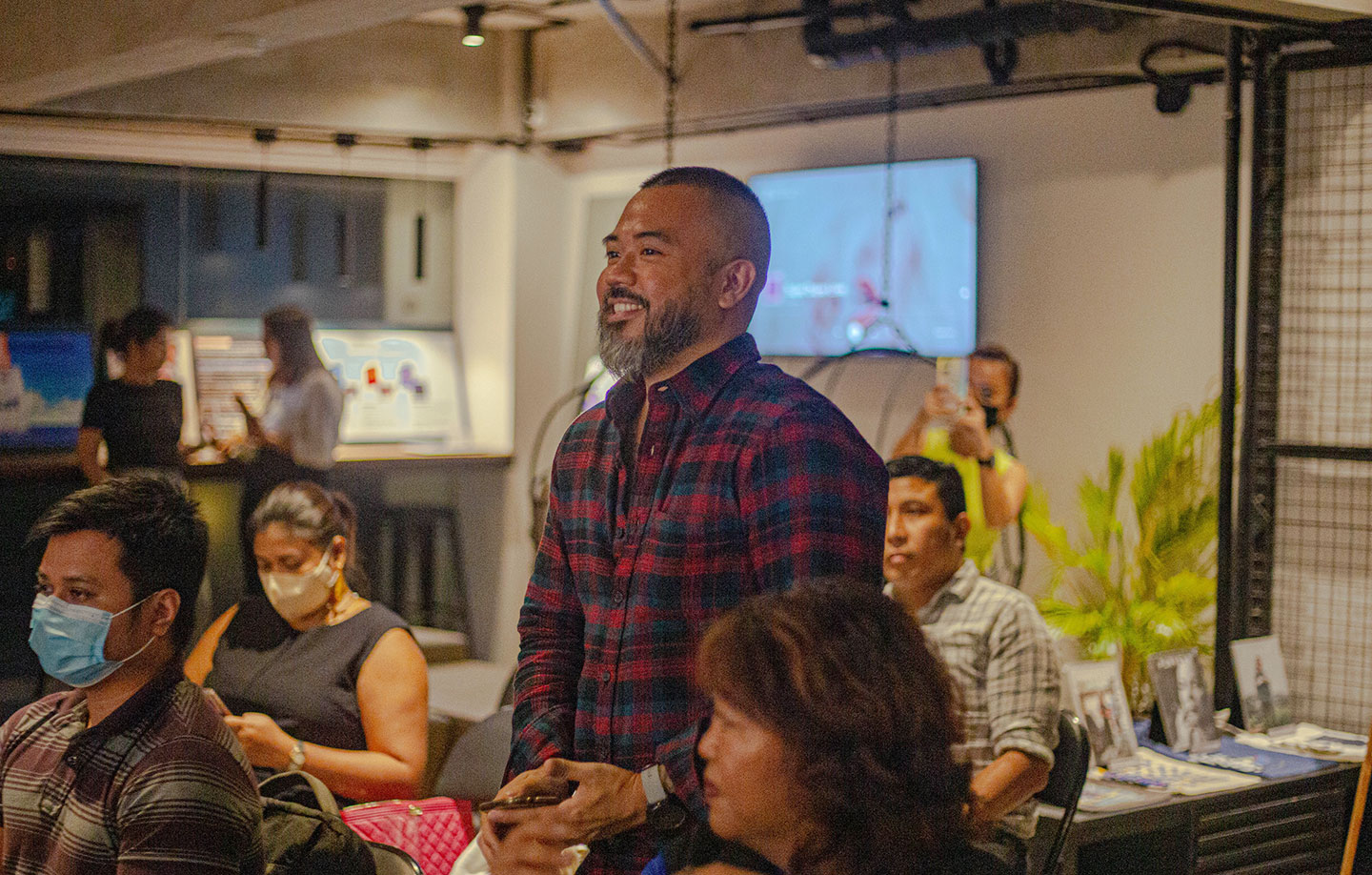
With this policy set to be implemented by an insurance company, how do you foresee the future of same-sex equality in the Philippines?
I know a lot, but by no means am I an expert on LGBTQ+ rights. There’s still a whole lot of history and literature to learn. But I can speak for what I do every day, and that’s advertising. If a big brand makes a bold move and stands up against inequality, even through a seemingly simple thing such as a product re-design, I think that this will mean a lot to the community, especially in a country like the Philippines.
When the idea won, a friend congratulated me via messenger and told me the idea resonated with him because he and his partner have been trying to make each other their insurance beneficiaries since 2014. For me, this really validated the fact that we need more ideas like the Pride Policy. There’s still a long way to go, but this could be a good start.
What advice would you give to individuals who would want to develop and/or implement similar initiatives for diversity, equity, and inclusivity?
I’d say: first, figure out what you’re good at. Or a skill or talent that you are passionate about. Then use it as a tool to help your advocacy. Whether you’re a writer, illustrator, designer, chef, poet, architect, chemist, or stand-up comic – anyone and everyone can use their vocation to fight for their cause. In my case, I always try to use the power of brands, my skills as an ad guy, and my creativity to create work for the advocacies I believe in. Because I feel it’s in this field wherein my output will be most effective, meaningful, and might hopefully make a real difference.

